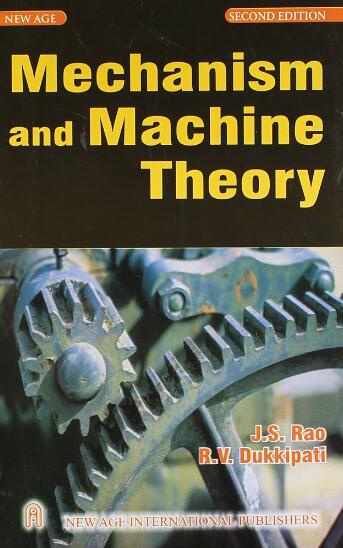Design and analytical modeling of a double-joint flexible surgical instrument with hand-held isomorphic actuation
IF 4.5
1区 工程技术
Q1 ENGINEERING, MECHANICAL
引用次数: 0
Abstract
In catheter reduction surgeries, surgical instruments with multi-joint end effectors are employed to improve surgery qualities, where implementations of miniaturization design and isomorphic actuation are challenging. In this work, a miniaturized double-joint end effector is designed using a novel multi-backbone mechanism. The backbones are made of spiral-notched tubes that have good axial stiffness and large bending flexibility, and a co-placed backbone arrangement is used to avoid double-joint actuation coupling. A double-joint handle is developed to implement isomorphic actuation of the end effector, where local reinforcement design of the handle is proposed to reduce torsional disturbances on the end effector. A recursive kinematic model of the multi-backbone mechanism is firstly established by relating friction with bending angles in a beam model of the backbones, and forward kinematics from the handle to the end effector is developed. Performance tests show that the double-joint end effector has good actuation decoupling characteristics. Parameter identification is conducted and model accuracy is validated. Phantom model experiments show that the end effector can reach the target position with the double-joint configuration.
手持式同构驱动双关节柔性手术器械的设计与分析建模
在导管缩减手术中,使用带有多关节末端效应器的手术器械来提高手术质量,而小型化设计和同构驱动的实现具有挑战性。在这项工作中,利用新型多骨干机构设计了微型化双关节末端效应器。骨干由具有良好轴向刚度和较大弯曲弹性的螺旋缺口管制成,并采用共置骨干排列以避免双关节驱动耦合。开发了一种双关节手柄,以实现末端效应器的同构驱动,其中提出了手柄的局部加固设计,以减少末端效应器受到的扭转干扰。首先,通过在骨干的梁模型中将摩擦力与弯曲角度联系起来,建立了多骨干机构的递归运动学模型,并开发了从手柄到末端效应器的前向运动学。性能测试表明,双关节末端执行器具有良好的执行解耦特性。进行了参数识别并验证了模型的准确性。幻影模型实验表明,采用双关节配置的末端效应器可以到达目标位置。
本文章由计算机程序翻译,如有差异,请以英文原文为准。
求助全文
约1分钟内获得全文
求助全文
来源期刊

Mechanism and Machine Theory
工程技术-工程:机械
CiteScore
9.90
自引率
23.10%
发文量
450
审稿时长
20 days
期刊介绍:
Mechanism and Machine Theory provides a medium of communication between engineers and scientists engaged in research and development within the fields of knowledge embraced by IFToMM, the International Federation for the Promotion of Mechanism and Machine Science, therefore affiliated with IFToMM as its official research journal.
The main topics are:
Design Theory and Methodology;
Haptics and Human-Machine-Interfaces;
Robotics, Mechatronics and Micro-Machines;
Mechanisms, Mechanical Transmissions and Machines;
Kinematics, Dynamics, and Control of Mechanical Systems;
Applications to Bioengineering and Molecular Chemistry
 求助内容:
求助内容: 应助结果提醒方式:
应助结果提醒方式:


